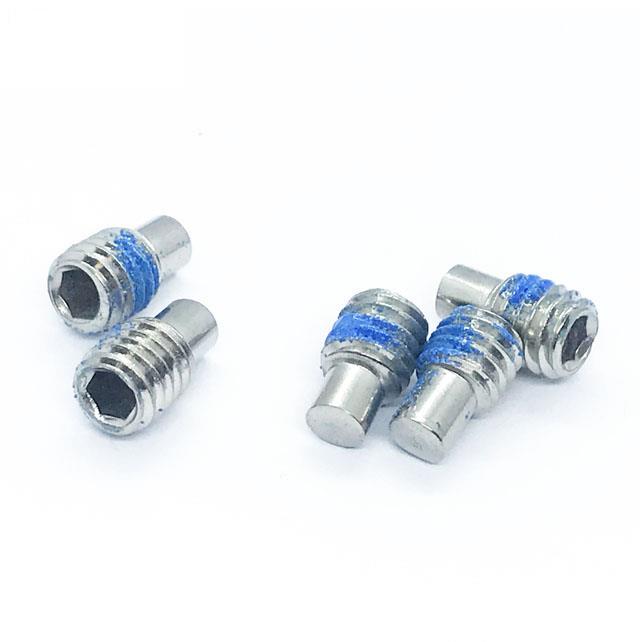Focus on screw development custom production
Focus on screw development custom production
Whatsapp:

Fasteners often reflect the use of people: why stainless steel fasteners sometimes lock the problem, and in the application of carbon steel fasteners and did not produce a similar situation for a long time, whether the stainless steel fasteners material too soft, carbon steel fasteners relatively hard reason?Right!Stainless steel plate is substantially different from carbon steel.Stainless steel plate has good extensibility, but its strength and carbon steel have a certain difference.The strength of low alloy steel model 316 head a4-80 is in fact only equal to the strength grade of carbon steel of 8.8.However, only half of such terms are correct.
Lock (Thread Galling, or killed) often produce in stainless steel plate, aluminum and titanium metal fasteners, the kinds of metal material by itself has the characteristics of the rust prevention, the surface damage, caused a thin layer of air oxidation in stainless steel passivation layer (in terms of low alloy steel, that is, chrome oxide) to avoid further deeper rust.When the stainless steel fastener is clamped, the working pressure and heating between the teeth will damage and remove the chromium oxide layer during the process, which will cause the metal teeth to be blocked/cut immediately, resulting in adhesion.When the adhesion situation continues to occur (generally not more than a circle of detailed tooth diameter), will cause the stainless steel fastener to lock completely, it is difficult to remove or lock.General this series of jam → cut → stick → lock a series of postures produced in a few seconds, therefore, grasp the characteristics of stainless steel metal products and in accordance with the appropriate practical operation procedures are all to avoid the lock of stainless steel fastener the first step.
